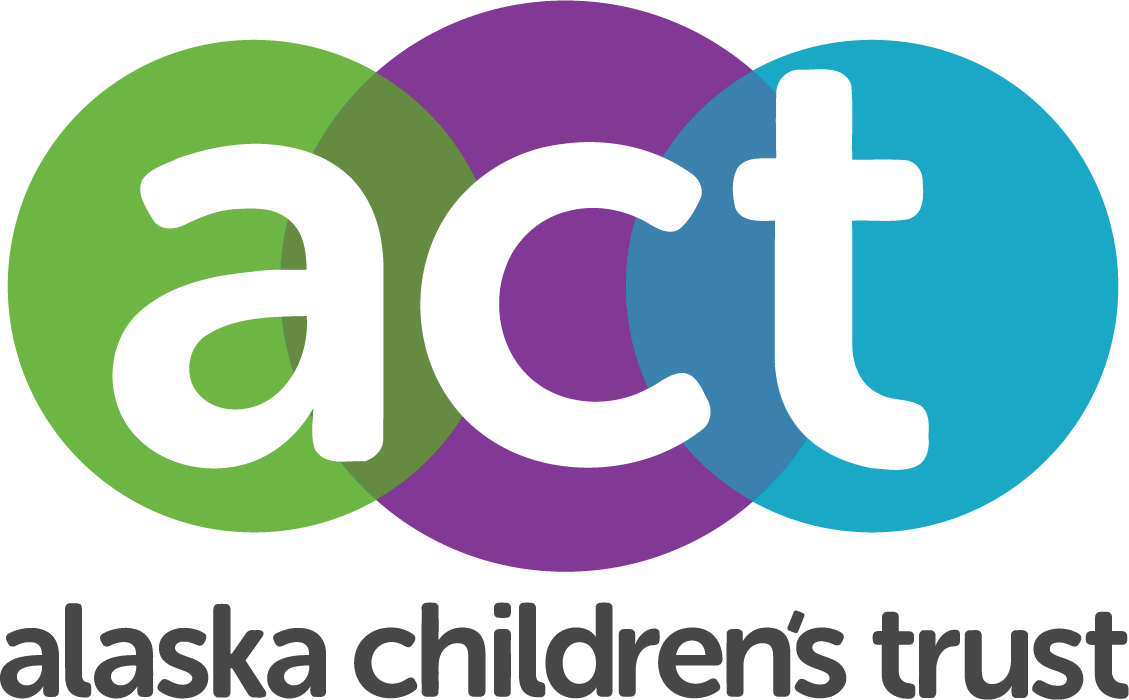It’s time to change how we measure Alaska’s successes and failures
Price per barrel of oil. Size of the PFD. Number of natural resource development projects. Our metrics of Alaska’s well-being as a state revolve around economic outcomes – not how our children and families are doing. We need to expand the framework in which we measure our well-being as a state.
As the Legislature struggles with the budget, Annie E. Casey Foundation’s KIDS COUNT released their state annual ranking for child well-being. Alaska ranks 43rd in the nation for overall child well-being –
49th for Education,
47th for Economic Well-Being,
44th for Health, and
22nd for Family & Community
Year after year, Alaska is ranked in the bottom half and usually in the bottom third. Our children and families are suffering and the system that is supposed to protect them may be harming them.
What we value as a state drives who we elect, policy, and our how we invest state resources. Today, our values are being debated through issues like the size of the PFD and whether we should adopt new revenue measures. What is missing from this critical conversation is how the uncertainty about Alaska’s future is affecting our children and youth.
Nearly 15% of Alaska’s children live at or below 100% of the U.S. poverty level. Six percent experience extreme poverty. Over 9% of Alaska’s children have no health insurance, nearly double the national average. Per capita, Alaska has one of the highest rates of child abuse and neglect. Nearly seventy-five percent of Alaska’s fourth graders scored below reading proficiency. Alaska’s high school students experiencing levels of sadness and hopelessness has jumped from 25% in 2009 to 38% in 2019. One of the starkest trends that speaks to how our children are doing is the Alaska teen suicide ideation rate. In a ten-year period, suicide ideation has increased by 33% for boys and nearly 70% for girls. Alaska’s teen suicide rate increased 66% from 2015 to 2019. These are just a few of the statistics. And it is important to note, Alaska is not failing across the board. We do have some statistics that have improved, some that are below the national average, and a couple that lead the nation. At the beginning of the COVID-19 pandemic, a group of leaders said, “We can’t go back to normal”. And I could not agree more. “Normal” means Alaska remains in the bottom quarter of national rankings for child well-being. Alaska is emerging from the pandemic with a struggling economy, but also with heightened knowledge of how we have been struggling for years when it comes to affordable child care, accessible health care, equitable education, and opportunities for upward mobility directed toward our most vulnerable community members.
It is time we reimagine Alaska that does not put the discussion of revenue before the discussion of what we want for our children and families. We no longer judge our wealth by dollars and cents but by the well-being of our children and families. We no longer cut budgets support children, and increase the budget for corrections. Over the past ten years, Alaska’s investment towards children has decreased by 12.5% - approximately $400 million. How much more do our children and families have to suffer?
I challenge our elected officials, from the local level to the state and all the way to our federal delegation, to stop putting party or personal beliefs before the needs of our children. I challenge you to make decisions that get you recognized not today but tomorrow. I challenge Alaskans to put our differences aside and interlink arms for our children. It not only takes a community to raise a child, it also takes a community to inflict the pain and suffering our children are experiencing today. If COVID has taught us anything, it is our responsibility as a member of a community to ensure our children grow up in safe, stable, and nurturing environments. Let this be the moment for today and the days to come when we discuss policies and investments that go beyond economic health and embrace our children, youth, and families as the indicators of Alaska’s success as a state.
Trevor Storrs
President and C.E.O.
Alaska Children’s Trust

